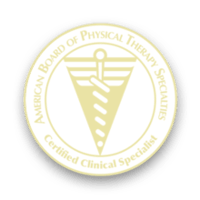Core weakness can significantly impact walking after a stroke. And that being said, core strengthening is one of the most neglected “muscle groups” in a stroke recovery program. Needless to say, a core strengthening or core stabilization exercise routine is critical when it comes to relearning how to walk.
That is why I recently made a video showing one of my favorite core strengthening routines. Feel free to scroll to the bottom to get an in depth explanation of the why and the how of a solid core stabilization routine.
Why is a strong core important?
The core muscles are the muscles that surround and support the trunk. They not only keep the body upright but they also provide a stable base for the arms and legs. After a stroke these muscle become out of balance with one another. If you have suffered a stroke, you may have already noticed this. A muscle imbalance might cause:
- the shoulder to rotate to one side
- the hips to tilt to one side
- the hips to rotate to one side
- the trunk (or your body from the waist up) to look like the Leaning Tower of Pisa ?
Any one of these might mean that the muscles around the trunk are out of balance.
In the video below you will learn some of my favorite core stabilization exercises. You will also learn the “why” I selected these specific exercise to improve walking after a stroke.
What equipment is needed for this routine?
A gym ball is an essential part of any core strengthening program. Here is a direct product link to purchase this.
What Core Exercises Help with Walking?
Core stabilization exercises is beneficial for anyone who is recovering from a neurologic injury. Core stabilization exercise do exactly that. They stabilize the trunk. Having a stable “base” is extremely important for the arms and the legs to move efficiently.
In the video below, you will learn the why and the how behind these exercises:
Double Knee to Chest
Static Bridging
Trunk Rotation
Abdominal Isometric
Here is the video where you can get a more indepth explanation my rationale in selecting these exercises:







